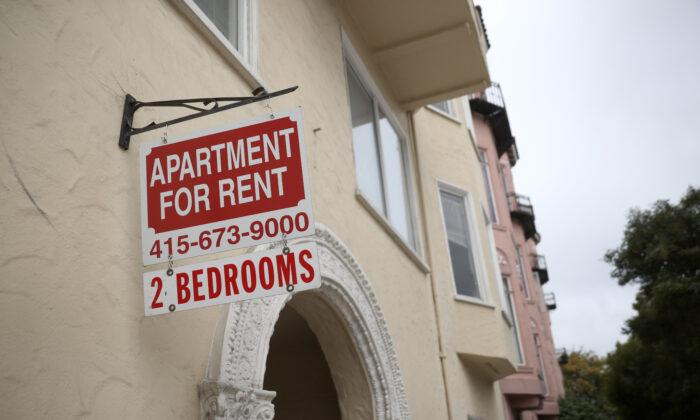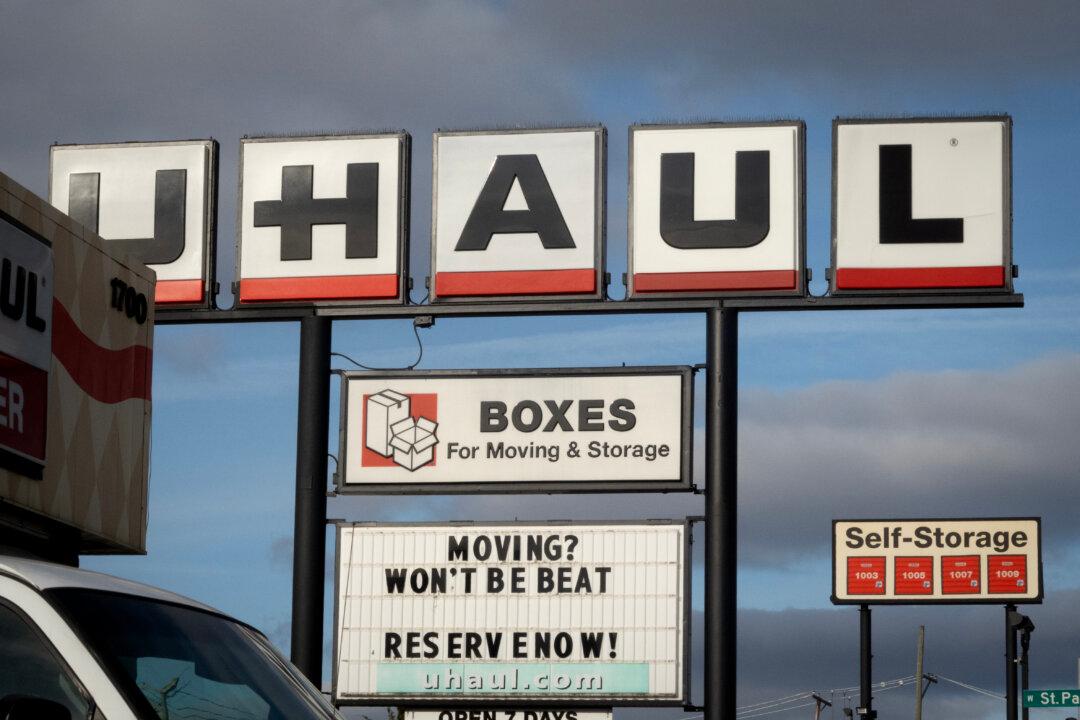The median rent for an apartment in the United States has dipped 2.2 percent since August, pointing to a cooling of the country’s super-heated apartment market as demand slows and vacancy rates rise.
By contrast, rents grew by 2.7 percent in August through November 2021, part of a record-breaking rental surge that contributed to soaring inflation last year. The national median rent jumped by 27.6 percent in 2021, Apartment List found. Despite the cooling in recent months, rents are still 23 percent higher than in January 2021.
The company noted that prolonged inflation of both rents and non-housing costs seem to be driving more Americans to move back in with family or roommates or put off searching for their own homes, slowing the rate of household formation.
Demand is weakening at the same time that new apartment construction is gathering steam, weighing on rental growth while pushing up vacancy rates. Apartment List’s vacancy index has gradually risen for more than a year, to its current level of 5.7 percent, higher than last year’s low of 4.1 percent, but still below the pre-pandemic norm.
Rents dropped in November in 93 of the 100 biggest cities that the company tracks, with Lexington, Kentucky, and Seattle, Washington, seeing the sharpest monthly rental declines of 4.4 percent and 3.4 percent, respectively. Even booming Sun Belt cities such as Las Vegas, Nevada; Phoenix, Arizona; and Tampa, Florida, have seen rents fall over the past six months.
The Midwest has seen the country’s fastest rent growth over the past six months, which could be due to the region’s relative affordability luring renters who have been priced out of other markets. Cincinnati, St. Louis, Indianapolis, Columbus, Ohio, and Kansas City, Missouri, top the list for six-month growth.





